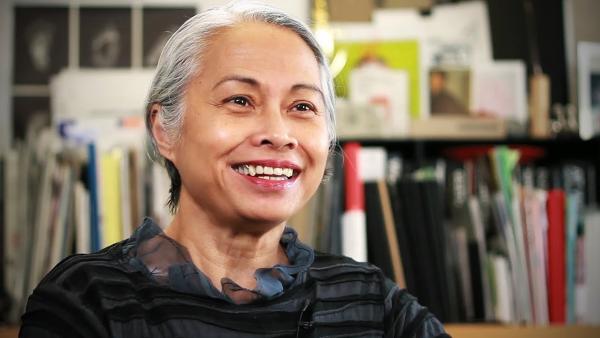
Design educator and practitioner Lucille Tenazas is recognized for her prominent role in translating postmodern ideas into critical design practice; her exploration of the relationship between type, photography and language; and the development and leadership of highly-respected design education programs—always with exquisite execution.
When I think of Lucille Tenazas, the phrase “soft power” comes to mind: not the political definition, but a graphic-design version, based on the persuasiveness of her ideas, the beauty of her work and the consistency of her intelligent voice. Tenazas, who radiates focus, engagement and calm, is a charismatic leader and design practitioner who has spent years in the classroom, nurturing an entire generation of designers.
Tenazas is among those whose work came to the fore in the early 1980s, on the cusp of the shift from analog to digital design production and also—and in her case, perhaps more importantly—at the point when the certainties of modernist simplicity and order, which had been integral to the definition of graphic design, were being called into question. This (alleged) undermining of modernism was coming from young designers, many of whom had gone to graduate school in the 1970s and 1980s and had been exposed to postmodern theory as it meandered into design from both literary and art sources. Semiotic, structuralist and post-structuralist concepts treated words and images as “signs,” and regarded meaning as an artificial construct created by the reader—or readers—independently of authorial intent.
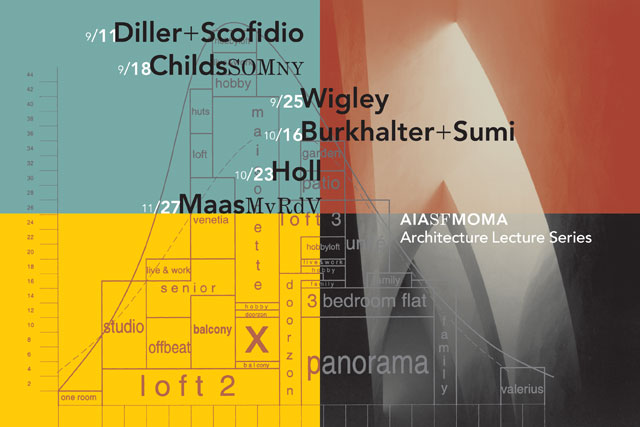
AIA|SFMOMA Architecture Lecture Series announcement poster and postcard, 2000 Client: AIA|SFMOMA; Creative director and designer: Lucille Tenazas; Designer: Zaldy Serrano.
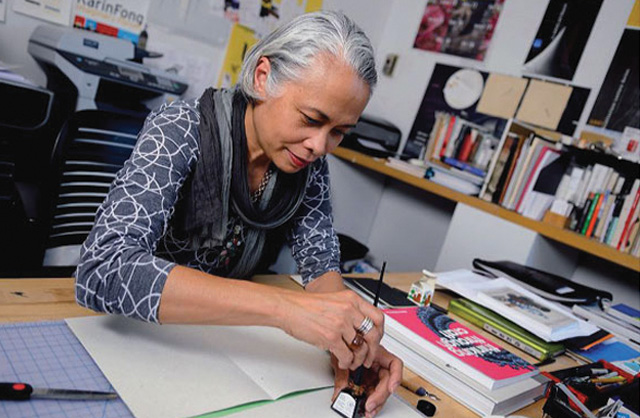
Lucille Tenazas (Photo: Christine Navin).
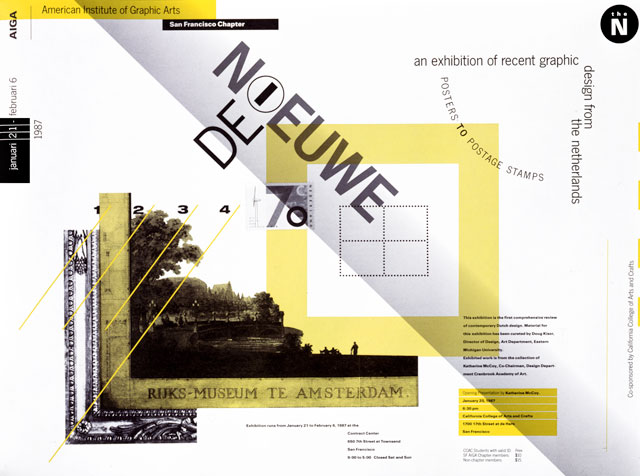
“De Nieuwe: Posters to Postage Stamps” poster, 1987 Client: AIGA San Francisco; Designer: Lucille Tenazas.
The impact of these ideas on young designers, who were looking for an alternative to prevailing notions of graphic design as rote formalism or applied “good taste,” has been well documented. Tenazas’ work exemplifies a subtle interpretation of linguistic theory into design, where her translation of ideas through words and pictures, combined with her formidable skills as a form maker, enabled her to create a distinctive body of work over the past three decades. The visual nature of her output, while exactly of its time, is also exactly of her voice.
Before all that though, Tenazas had become known as the designer who, in the winter of 1982, perhaps endured more job interviews in New York than anyone ever had: something like 65 before Harmon Kemp Partners offered her a staff designer position. The number is not an exaggeration, and it was a good piece of gossip at the time. Her marathon job search says a lot about the New York design world of the early ’80s, and illustrates the tenaciousness with which she approached her own ideas and work.
At Harmon Kemp, Tenazas made her mark with a series of promotional collateral pieces for a line of commercial-grade tag and bond papers of the type you might find at a copy shop. She created a remarkable identity for these lines, which resonated with a humor and energy precisely geared to their unglamorous, vernacular quality. Tenazas’ position was fortuitous, since the company offered their clients copywriting along with design and production, which was not typical at that time. Her focus on typography as the mediator of meaning was a good fit in an office that paid attention to the crafting of messages with words.
Tenazas’ reputation as a particularly fine and creative typographic designer was firmly established by the time she left Harmon Kemp in 1985. Upon the invitation of Michael Vanderbyl, she returned to San Francisco, joining the faculty at the California College of Arts and Crafts (now CCA), where she had studied before earning her M.F.A. in 2-D Design at the Cranbrook Academy of Art.
It was at Cranbrook that Tenazas studied with Katherine and Michael McCoy, who were encouraging students to work beyond the parameters of formal modernism in both 2-D and 3-D. Katherine McCoy’s typography exercises pushed beyond the standard goal of organizing typographic form, adding steps that introduced new meanings and interpretations through more complex composition, which owed something to two important (if contradictory) examples: Wolfgang Weingart’s work referencing early modernist typography, and Edward Fella’s poetic experiments with collage and commercial vernaculars.
These Cranbrook exercises were widely published, and Tenazas’ were exceptionally vivid; she brought an exuberant West Coast color and energy to the assignments. At the time, however, this work received as much criticism as admiration. The “Crystal Goblet” ideal of seamlessly “correct”—and invisible—typography was not going to go down without a lot of spillage, and a portfolio full of this challenging work did not open up a lot of doors when Tenazas was first trying to find her place in New York City.
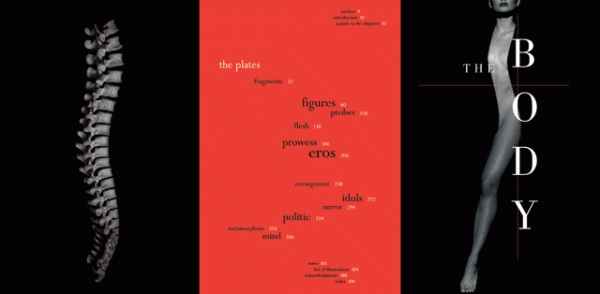
The Body: Photographs of the Human Form book cover, 1994 Client: Chronicle Books; Creative director and designer: Lucille Tenazas; Designer: Todd Forman; Cover photographer: Tono Stano.
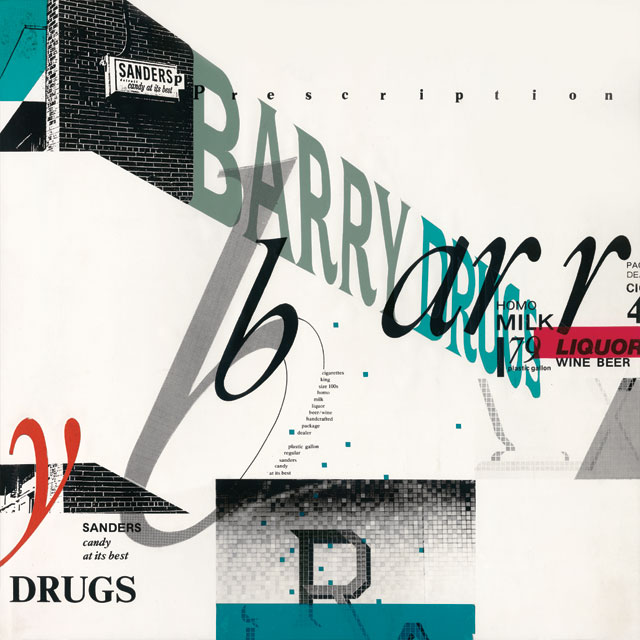
Street Signs Project (1/6), 1981 M.F.A. student project at Cranbrook Academy of Art; Designer and photographer: Lucille Tenazas.
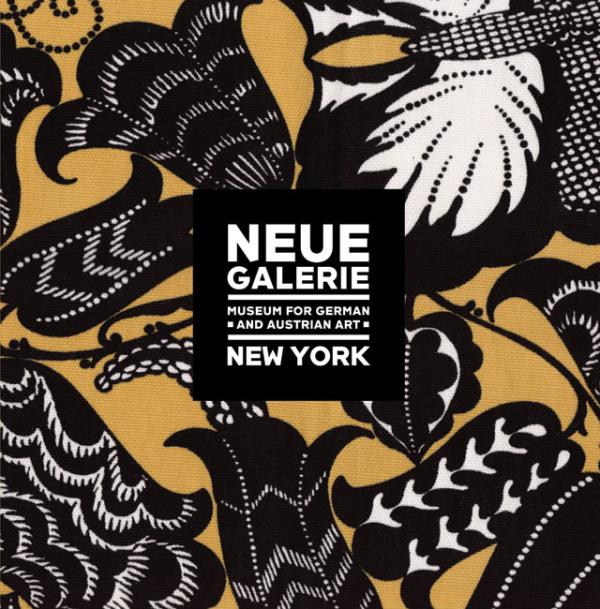
Neue Galerie Design Shop catalogue brochure, 2008 Client: Neue Galerie Design Shop, Paul Landy; Creative director and designer: Lucille Tenazas; Designer: Candice Ralph.
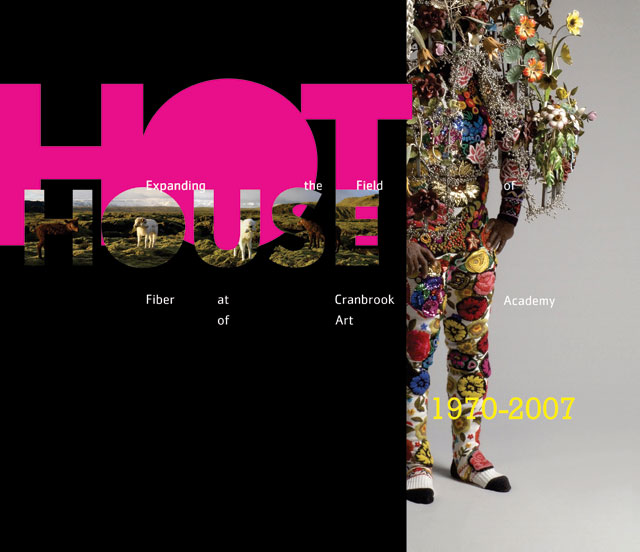
“HotHouse: Expanding the Field of Fiber, 1970-2007” exhibition catalog, 2007 Client: Cranbrook Academy of Art; Creative director and designer: Lucille Tenazas; Designer: Alexander Tochilovsky.
No designer is purely the product of his or her aesthetic education, and while Tenazas’ experience at Cranbrook was fundamental to her development, her particular interpretation and application of various ideas was heavily influenced by her own personal history. A self-proclaimed “cultural nomad,” the bilingual Tenazas was born in the Philippines and raised in Manila. In postcolonial Philippine culture, Tagalog was reserved for personal and family communication, and English—a residue of colonial history—was the language of education and professionalism. Tenazas has characterized the English she learned in Manila as anachronistic and stilted, as a defense against any accusation of inferior or incorrect use.
When she first arrived in San Francisco from the Philippines in 1979 to study at CCA, Tenazas was startled by the casualness of her American classmates’ speech. The postmodern questioning of the authority of language and the relativity of meaning struck her as a way to both understand and liberate herself from the colonial nature of her own relationship to the English language: in effect, she could finally make it her own. The analytical side to her typographic experiments (where meaning is both broken down and reconstructed) was very appealing; she also took the sense of play to heart, as a way to assume power over a language. Thus her graphic design, where images and text interweave and bounce off one another, and where multiple readings are deliberately engineered, is not only beautiful, but also intellectual and heartfelt.
Tenazas’ work helped define the look of a new generation in the 1980s and ’90s. It displays a sensitive and legible delivery of meaning that betrays an attitude of generosity to the audience—and herself. As Tenazas once said, “You should never lose sight of the fact that you are solving somebody’s problems. At the same time, you should solve your own as well.” Her work exudes respect for the content, yet also embodies her own poetic project.
Throughout her career, Tenazas kept her firm, Tenazas Design, small, carefully choosing projects that she could realize without compromising the consistency of her methodology. Yet her impact is much greater than the sum of her individual accomplishments: frequent publications, a retrospective at the San Francisco Museum of Modern Art in 1996 and the National Design Award for Communication Design from the Cooper-Hewitt, National Design Museum, in 2002. Tenazas also served on the boards of both the AIGA San Francisco and AIGA/NY chapters. In 1996, she became the first non-New York–based national president of AIGA; her presidency marked an important moment as the organization continued to grow into a larger network of chapters across the country.
Given Tenazas’ proclivity for such thoughtful and communicative work, it is no surprise that she was drawn to design education. She taught in the undergraduate program at CCA for 15 years, and founded its M.F.A. program in graphic design in 2000. Her original prospectus for the graduate program emphasized the principle that developing one’s ideas through design is as much a process of self-discovery as it is a path toward becoming a designer. Her approach was of a piece with other design educators’ turning—from the mid-’90s onward—to the development of “the designer’s voice” as an important aspect of design pedagogy. In Tenazas’ hands, this idea had a depth that reflected her own experience.
Far from being solipsistic, the self-examination that Tenazas sought occurred where the student brought him or herself into contact with the world, with points of view framed by experience, identity and politics. One cannot pursue that in the classroom without creating an atmosphere of trust, and generously assuming that there is no limit to the possibilities for students’ growth as designers and as citizens. Tenazas brings this optimism and openness to her current position as the Henry Wolf Professor in the School of Art, Media and Technology at Parsons The New School for Design. And while the design issues that frame contemporary practice are not necessarily the ones that she grappled with as a student, the students themselves—so many of them “cultural nomads” like herself—face similar challenges to connect themselves to culture, and to make work with integrity and creativity.
Which brings me back to Lucille Tenazas’ “soft power”: the way that she approaches all of her activities with the same generous spirit and stubbornly ethical voice. First and foremost as a designer of skill and grace; as a collaborator with her husband (the photographer Richard Barnes) and a mother to two sons; as a design leader willing to point the way beyond business and toward culture; as a speaker of truth, not only for herself, but for her fellow designers; and finally, as a nurturer of the next generation. When I think of what gives Tenazas such power, it is her dedication to communication and design thinking—which she has bravely expanded beyond a methodology to be used simply for solving other people’s problems—as a path of self-knowledge and a frame with which to understand ourselves in the world.
Keep in Touch with AIGA
Sign up for email communications to be the first for updates on webinars, events, programs, and announcements.